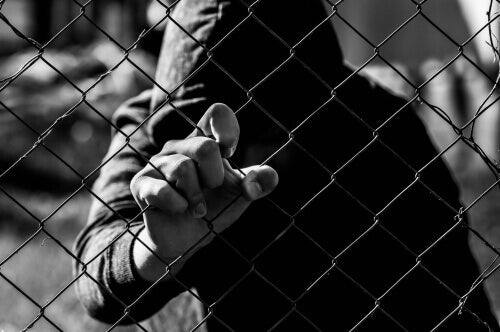Why do criminal phenomena occur?For years, social psychology has sought answers to these questions, and there the psychology of crime was born.
Among the main areas of interest of crime psychology are aspects such as antisocial behavior, aggression and the study of social ties and crime How does criminal conduct explain?Several aspects are involved in this response: emotions, rewards, personality traits, beliefs and attitudes (1).
- Thus.
- The main objective of crime psychology has been.
- In its brief existence.
- To understand why criminal phenomena and the behaviors that lead to them occur How does a person become a criminal?According to researchers Santiago Redondo and Antonio Andrés Pueyo of the University of Barcelona.
- Five proposals explain this process.
The investigation considers these five proposals as explanations of the crime and are as follows (1):
The dominant model for explaining the crime was formulated by Akers (2), which considers that, in learning criminal conduct, there is an interrelationship between four mechanisms:
According to biopsychological research, certain factors may be related to antisocial or criminal behavior, some of these characteristics would be: the presence of a cranial injury, low activation of the autonomous nervous system or low frontal lobe activity.
Over the years, research into crime psychology has focused on experiences of tension as a cause of criminal conduct. (3, 4) Many homicides, assaults and femicides, as well as intimidating robberies, are perpetrated by people who experience strong feelings of revenge, anger, anxiety or contempt for others.
The general theory of tension, on the other hand, shows how the direct relationship between the presence of stress in a person and the act of committing a crime occurs (5).
Travis Hirschi, an American sociologist and criminologist, has established that there are several social contexts in which young people join society: school, family, friendship and others, such as sport; the degree of attachment of the person to these contexts is determined by the following attachment mechanisms: attachment, commitment, participation and beliefs.
Thus, Hirschi believes that the emergence of antisocial behaviors lies in the breakdown of mechanisms in one or more social contexts.
The psychology of crime determines the criminology of development. This part of crime psychology is responsible for the study of the evolution of crime.
Several countries offer different types of psychological interventions for offenders, especially in prisons, including:
Redondo points out that the big problem with the application of treatment in prisons is the large number of people imprisoned, which apparently increases day by day. However, this is not due to a real increase in the number of crimes, the increase in the number of people imprisoned is, curiously, due to a dramatic and systematic tightening of the criminal justice system.
Therefore, it seems that several factors combine to make the crime happen. The field of crime psychology has tried to explain, prevent and treat criminal behavior for years, with strong theories. However, research seems to need to be continued, mainly to improve the prevention and treatment of so-called antisocial behavior.

